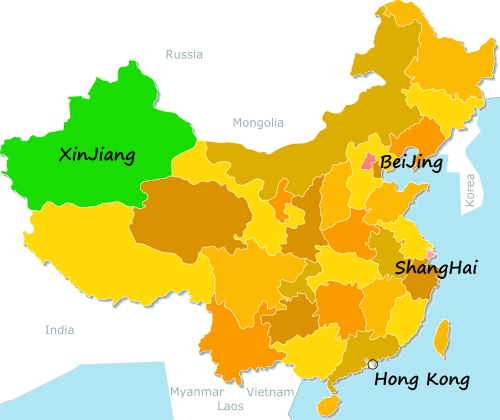
|
With MisterVaughn ...
With ABingYOLO ...
With Downtown China ...
Welcome to BeiHai Park
Explore the historical and cultural wonders of BeiHai Park in Beijing.
Introduction
Beihai Park is one of the oldest, largest, and best-preserved ancient imperial gardens in China. It is located in the heart of Beijing and offers visitors a beautiful blend of traditional Chinese architecture, gardens, and waterways.
Location
Beihai Park is situated in the Xicheng District of central Beijing, just north of the Forbidden City.
History
Beihai Park has a history of over 1,000 years, dating back to the Liao Dynasty. It was extensively renovated and expanded during the Jin, Yuan, Ming, and Qing dynasties, with significant contributions from Emperor Kublai Khan of the Yuan Dynasty. The park has served as an imperial garden and a place of worship for several Chinese dynasties.
Attractions
White Dagoba: An iconic white stupa located on Qionghua Island, built in 1651 to honor the visit of the 5th Dalai Lama to Beijing.
Qionghua Island: The central island of Beihai Park, featuring beautiful pavilions, halls, and scenic views.
Nine-Dragon Screen: A 27-meter-long, 6.65-meter-high glazed-tile wall depicting nine vivid dragons playing in the clouds, built in 1756.
Five-Dragon Pavilions: A group of five connected pavilions overlooking the lake, perfect for relaxing and enjoying the scenery.
Jade Flowery Islet: An islet with lush vegetation, bridges, and historical buildings, including the Hall of the Heavenly King.
Yong'an Temple: A Buddhist temple on Qionghua Island, featuring stunning architecture and peaceful gardens.
Round City: A small city within Beihai Park, surrounded by high walls and featuring the Chengguang Hall, which houses a large jade Buddha statue.
Eastern Shore Area: Includes attractions like the Hao Pu Creek Garden and the Iron Screen Wall.
Western Shore Area: Features the Pavilion of One Thousand Buddhas and the Garden of Tranquil Heart.
Jingxin Studio
Western Heaven Temple
Fangshan Restaurant
Activities
Boating on Beihai Lake
Strolling through the gardens
Photography
Visiting historical and cultural sites
Enjoying traditional Chinese performances
Participating in seasonal festivals and events
Facilities
Visitor Center
Restrooms
Gift Shops
Cafes and Restaurants
Parking Lots
Boat Rental Services
Guided Tour Services
Visitor Tips
Wear comfortable walking shoes.
Bring water and snacks, especially if you plan to stay for several hours.
Visit early in the morning or late in the afternoon to avoid crowds.
Check the weather forecast and dress appropriately.
Respect the cultural and historical significance of the site; behave appropriately and follow all rules and guidelines.
Take advantage of the boat rental services to explore Beihai Lake from a unique perspective.
|

 Beautiful XinJiang
Beautiful XinJiang






